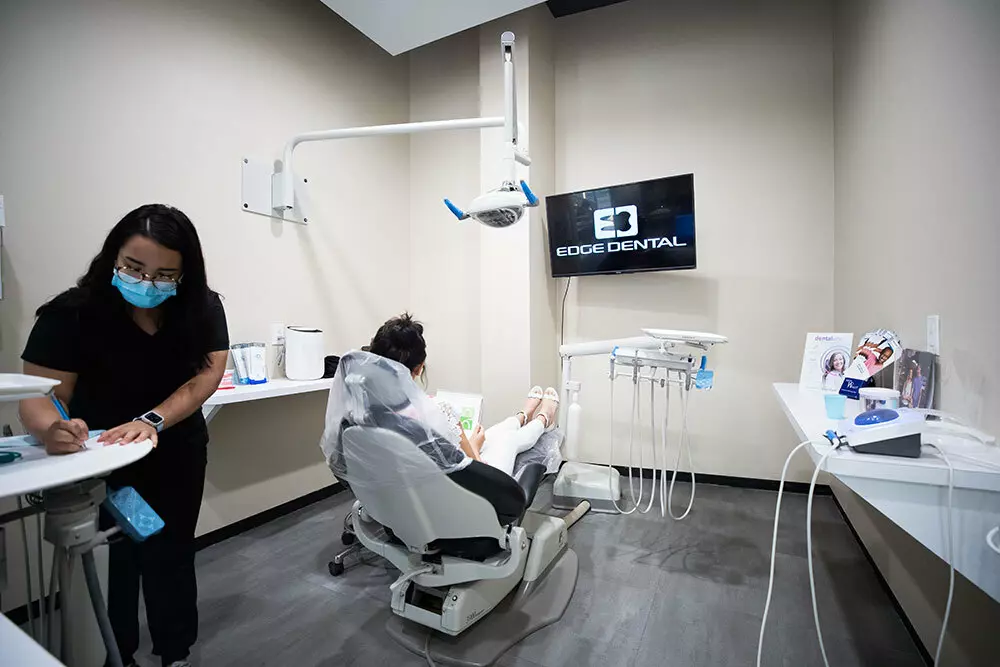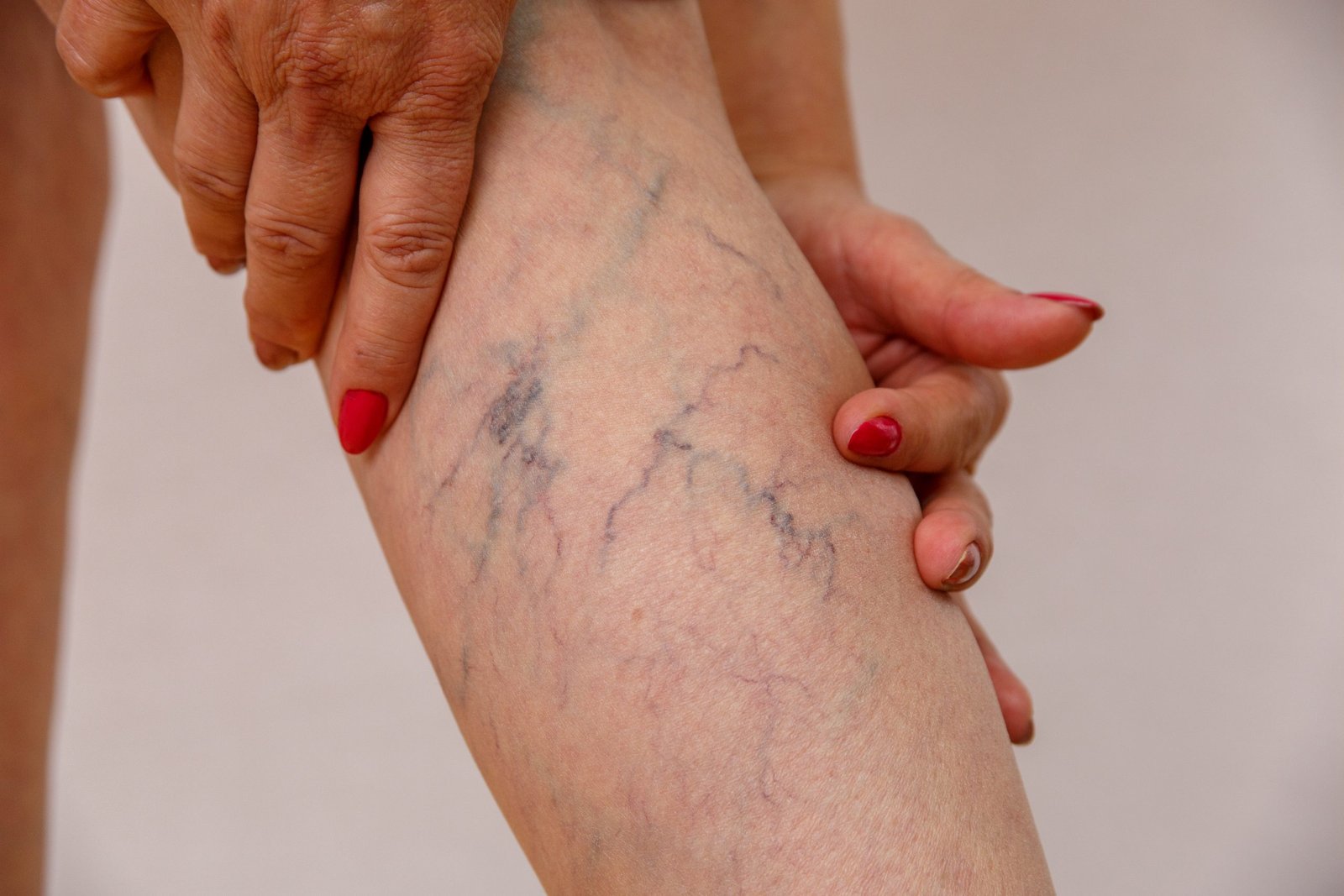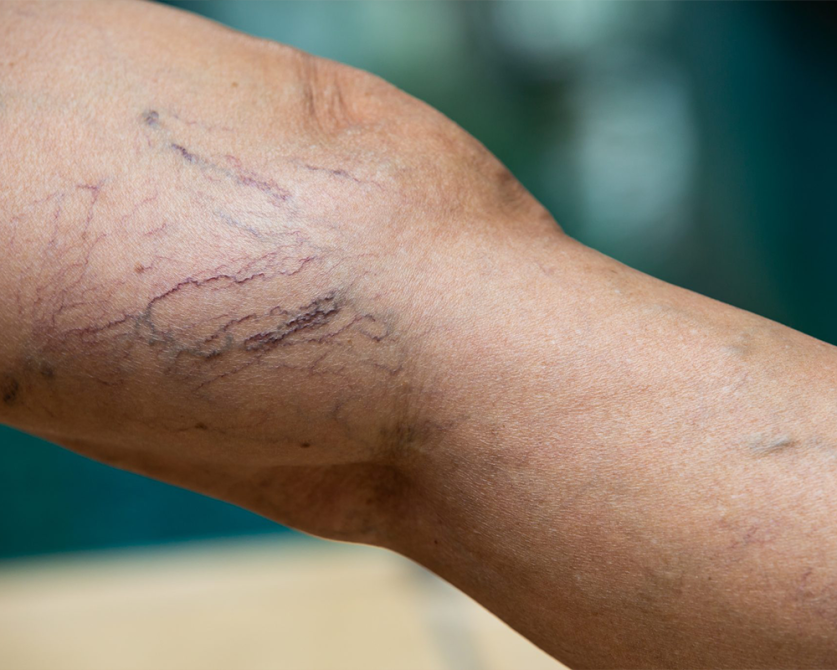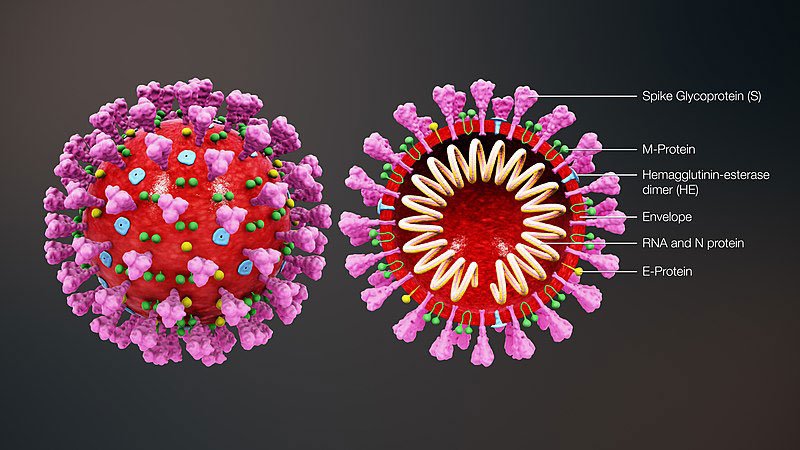Official Statistics Regarding Cervical Cancer – an Overview
It has been recently estimated that as many as 14,100 women will be diagnosed yearly with malignant cervical cancer in the United States alone. Throughout the world, the number of diagnoses for this disease in 2020 was as high as 604,127.
Regardless, these numbers show signs of hope since they have dropped by nearly a half - compared to the yearly statistics from the last quarter of the 21st century.
This progress is attributed to the increase in cervical screening, which often allows detecting and controlling this disease before it becomes fully cancerous and goes rampant. Additionally, the increase of young people who have received the HPV vaccine (human papillomavirus) is thought to have contributed significantly to the steady decrease in incidence rates over this time span.
At the present year, estimates point to 4,280 deaths throughout the United States due to cervical cancer. In line with the decrease in incidence, this number was nearly cut in half, compared to yearly deaths from the 1970s onward. There has been a steady decrease of around 1% throughout the past decade. The number of worldwide deaths from cervical cancer in 2020 was 341,831 (about half of the coincidence in that same year).
The typical age of diagnosis for cervical cancer worldwide is somewhere between 35 and 44 years old. The average age in the USA is somewhat higher, estimated at 50. Only about 20% of cervical cancer cases are diagnosed over 65 years of age, and most often, in such cases, the patients had not received regular screening. It is rare for this disease to manifest in women younger than 20 years old.
The 5-year survival rate for cervical cancer is currently at 66%. This means that out of every 100 women who receive this diagnosis, as many as 66 will still be alive five years later.
It is worthwhile noting that survival rates are not homogenous across age, ethnicity and race. Some age groups, ethnic groups and races are more susceptible. For example, the 5-year survival rate among all white women is 71%, while the 5-year survival rate among white women younger than 50 years old (at diagnostic) is 58%; the 5-year survival rate for all black women is just 58%, and the 5-year survival rate for black women who were older than 65 when diagnosed is only 39%.
Another key factor in survival rates is cancer staging at the time of diagnosis. If the disease is detected at early stages, the general 5-year survival rate is 79%; about 44% of patients are fortunate to have their disease detected at such early stages. For those diagnosed when their cancer had already invaded locally beyond the cervical region, 5-year survival rates are 58%. Still, when the disease had already spread beyond the abdominal area, the 5-year survival was only 18%.
Therefore, it should be noted that having regular screenings for cervical cancer is arguably the most effective proactive approach to significantly reduce the odds of dying from this disease - since it’s the one variable that patients can voluntarily control (unlike age, ethnicity or race).
For more information about cervical cancer awareness and to support, please visit www.WhatsYourPAPdate.com









































